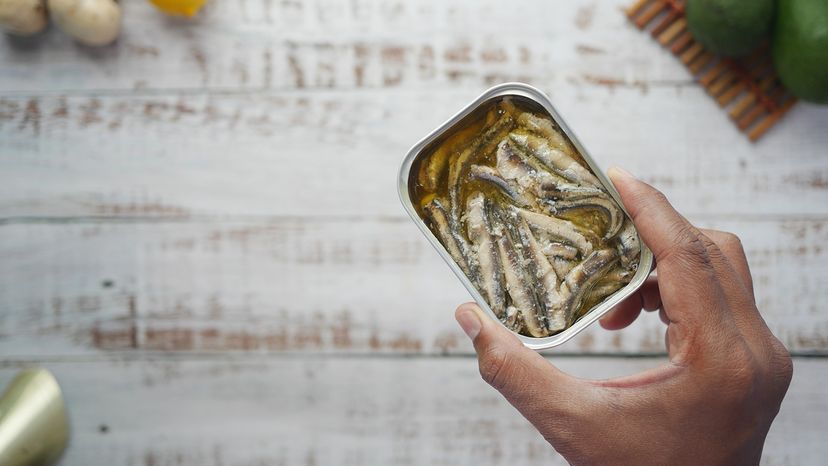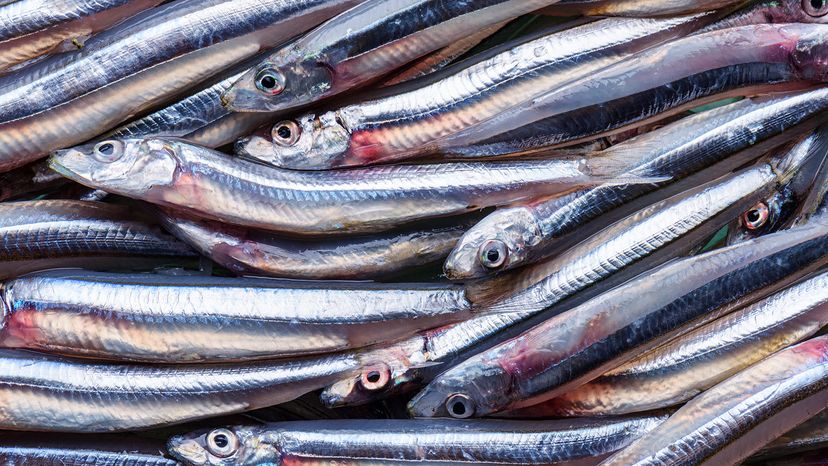
When it comes to salty little fish packed with protein and umami, the anchovies vs. sardines debate swims straight to the heart of the seafood aisle.
These oily fish are often confused, but they're distinct species with different flavors, textures, and culinary uses.
Advertisement
Both anchovies and sardines are small, oily, saltwater fish and part of the forage fish group—species eaten by larger fish like tuna and salmon. They're rich in healthy fats, particularly omega-3s, and deliver a surprising amount of calcium, protein, and essential minerals.

